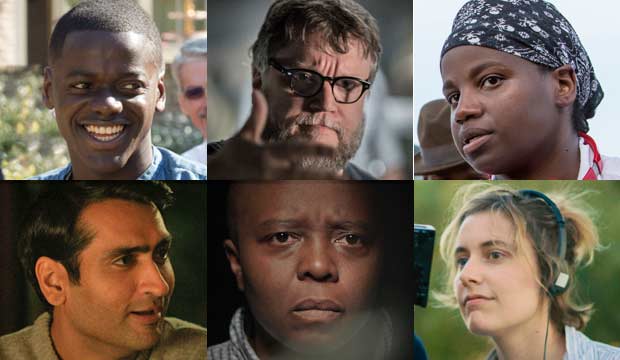In Conclusion

There's a long way to go... Over the past few months of writing this blog, it's clear to see that whilst the representation of the underrepresented in our society is less than favourable, there is change coming in the form charters , riders , and initiatives . There is a deeply rooted problem with inequality and a lack of diversity that t he UK and US film and television industries have only just started to try and solve. There is a long way to go before all of the wrongs have been made right. Nominees at the 2018 Academy Awards were more diverse than usual. ( source ). As a young, working-class, mixed race male who is a member of the LGBTQ+ community, I hope that my chances of entering these industries aren't hindered by backwards ideas and mindsets, but instead perhaps helped by the initiatives set in place to help people like me find their feet in this world that is lead by straight, white men. Data and statistics from Directors UK , Diamond: The First Cut , a...





